Home>Garden Essentials>How To Grow Mustard Seeds In Pots
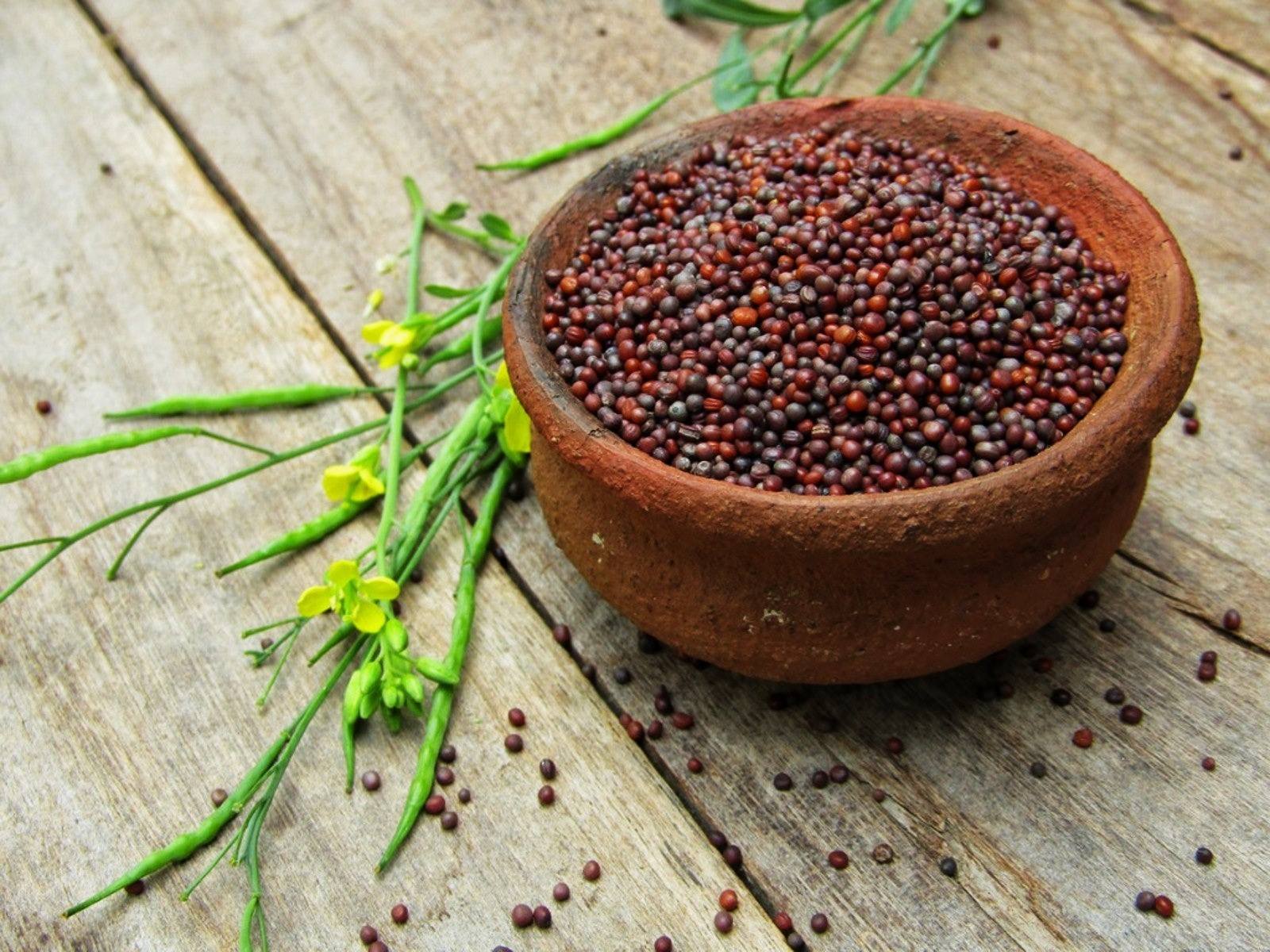

Garden Essentials
How To Grow Mustard Seeds In Pots
Modified: March 24, 2024
Learn how to grow mustard seeds in pots and create your own garden oasis. Find step-by-step instructions and tips for a successful garden.
(Many of the links in this article redirect to a specific reviewed product. Your purchase of these products through affiliate links helps to generate commission for Storables.com, at no extra cost. Learn more)
Introduction
Welcome to the wonderful world of gardening! Whether you have a sprawling backyard or a cozy balcony, growing your own plants can be a rewarding and fulfilling experience. One plant that offers both beauty and functionality is mustard. With its vibrant yellow flowers and tangy flavor, mustard plants not only add visual interest to your garden but also provide a delicious addition to your meals.
If you have limited space, don’t worry! Mustard seeds can be easily grown in pots, making them a perfect choice for urban dwellers or those looking to maximize their garden space. In this article, we will guide you on how to grow mustard seeds in pots, helping you create a thriving mustard garden right at your doorstep.
Before we dive into the nitty-gritty of growing mustard seeds, let’s take a moment to appreciate the versatility of this plant. Mustard comes in various types, including white, yellow, and brown, each with its own distinct flavor profile. While white mustard seeds are milder, yellow and brown mustard seeds pack a punch and are commonly used in condiments like mustard sauce and pickles. Growing mustard seeds allows you to enjoy the fresh, bold flavors that only homegrown produce can offer.
So, prepare to embark on a journey of discovery and delight as we explore the steps to grow mustard seeds in pots. By the end of this guide, you’ll have the knowledge and confidence to nurture your mustard plants and reap the rewards of a bountiful harvest.
Key Takeaways:
- Mustard seeds can be easily grown in pots, making them perfect for urban dwellers. Choose a deep pot with good drainage, fertile soil, and provide ample sunlight for a thriving mustard garden.
- Harvesting mustard seeds is a rewarding process. Wait for seed pods to turn brown, then collect, dry, and store the seeds for culinary use. Enjoy the flavors of homegrown mustard!
Read more: How To Grow Mustard Seeds
Choosing the Right Pot for Mustard Seeds
When it comes to selecting the perfect pot for growing mustard seeds, there are a few factors to consider that will ensure optimal growth and development of your plants.
First and foremost, choose a pot that is at least 8-10 inches deep and has good drainage holes. Mustard plants have long taproots, and a deeper pot will allow these roots to grow and establish a strong foundation. Additionally, proper drainage is vital to prevent waterlogged soil, which can lead to root rot and other undesirable conditions.
Next, consider the material of the pot. Terracotta or clay pots are excellent choices as they allow for better airflow, which helps prevent the roots from becoming too saturated. These materials also have the advantage of being heavy, providing stability for your plants.
However, if you opt for a plastic pot, ensure that it is of good quality and has ample drainage holes. Plastic containers tend to retain more moisture, so monitoring the soil’s moisture level becomes even more crucial.
Size is another important factor to keep in mind. If you plan on growing multiple mustard plants in the same pot, choose a larger one to allow enough space for each plant to grow and spread its roots comfortably. On the other hand, if you are growing just a couple of mustard plants, a smaller pot should suffice.
Lastly, consider the aesthetics of your pot. Choose one that complements your garden or balcony’s overall look and feel. Adding a touch of style to your pot selection can enhance the visual appeal of your mustard garden.
By carefully choosing the right pot for your mustard seeds, you are setting the foundation for healthy growth and a thriving mustard garden. Remember to prioritize depth, drainage, material, size, and aesthetics when making your selection.
Selecting the Ideal Soil for Mustard Seeds
Choosing the right soil is essential for the successful growth of mustard seeds in pots. The ideal soil should be well-draining, fertile, and rich in organic matter to provide the necessary nutrients for your plants.
An ideal potting mix for mustard seeds consists of a blend of garden soil, compost, and organic matter such as leaf mold or peat moss. This combination ensures a loose and well-aerated soil structure, allowing the mustard seeds’ roots to penetrate easily and access the nutrients they need.
Avoid using heavy clay soil or compacted garden soil, as they tend to retain water and may lead to root rot. Additionally, sandy soil may not retain enough moisture, resulting in dry and stunted plants. Strive for a balanced potting mix that retains moisture without becoming waterlogged.
If you prefer a ready-made potting mix, choose one specifically formulated for vegetable or herb gardening. These mixes are often enriched with nutrients and designed to provide the optimal growing conditions for edible plants like mustard seeds.
Before filling your pot with soil, it’s recommended to place a layer of small rocks or broken pottery at the bottom. This layer acts as a drainage system, preventing the soil from becoming stagnant and helping excess water to escape through the drainage holes.
Remember to regularly monitor your soil’s moisture level. Mustard plants prefer evenly moist soil, so water whenever the top inch of the soil feels dry. However, be cautious not to overwater, as mustard plants can be sensitive to soggy conditions.
Overall, selecting the ideal soil for mustard seeds is crucial for their growth and development. By using a well-draining potting mix rich in organic matter, you provide your plants with the optimal conditions to thrive and produce a bountiful harvest.
Sowing Mustard Seeds in Pots
Now that you have chosen the right pot and prepared the ideal soil, it’s time to sow your mustard seeds. Follow these steps to ensure successful germination and growth:
- Fill your pot with the prepared potting mix, leaving about an inch of space at the top to prevent overflow when watering.
- Moisten the soil slightly to create a favorable environment for seed germination.
- Take your mustard seeds and scatter them evenly across the surface of the soil. Aim for a spacing of about an inch between seeds to allow room for growth.
- Gently press the seeds into the soil to ensure good seed-to-soil contact, but do not bury them too deep. Mustard seeds are tiny, so a light pressing is sufficient.
- Once the seeds are in place, cover them lightly with a thin layer of soil or vermiculite. This will help retain moisture and protect the seeds as they germinate.
- Water the pot gently, using a misting spray or a watering can with a fine spout to prevent displacing the seeds.
- Place the pot in a warm location with ample sunlight. Mustard seeds prefer temperatures between 60°F and 75°F (15°C and 24°C) for optimal germination.
- Keep the soil consistently moist but not waterlogged. Avoid letting the soil dry out completely or become excessively wet.
- Within 7 to 10 days, you should start to see small seedlings emerging from the soil.
As the seedlings grow, thin out the weaker ones to maintain proper spacing for each plant. This will prevent overcrowding and allow the remaining seedlings to develop robustly.
Remember to provide adequate sunlight and continue watering as needed. With proper care and attention, your mustard seeds will grow into healthy plants ready to be harvested and enjoyed.
Providing Adequate Water for Mustard Seeds
Watering is a crucial aspect of growing mustard seeds in pots. Providing the right amount of water is essential for the plants’ overall health and successful growth.
After sowing the mustard seeds, it’s important to keep the soil consistently moist but not waterlogged. Mustard seeds rely on moisture to germinate and establish themselves as seedlings.
When watering, aim for a gentle and even distribution to avoid disturbing the seeds or causing water runoff. You can use a misting spray or a watering can with a fine spout to achieve this balance.
Initially, after sowing the seeds, mist the soil surface lightly or water from the bottom by filling a tray beneath the pot. This technique helps avoid dislodging the seeds or causing them to float away. Once the seedlings have emerged, you can transition to watering from above.
Check the moisture level of the soil regularly by touching the top inch of the soil with your finger. If it feels dry, it’s time to water. On the other hand, if the soil feels wet or waterlogged, hold off on watering until it dries out slightly.
During hot and dry weather, mustard plants may require more frequent watering to prevent the soil from drying out completely. However, be cautious not to overwater, as waterlogged soil can lead to root rot and other problems.
Remember that mustard plants have shallow roots, so they are more susceptible to drying out compared to plants with deeper root systems. Regular monitoring of the soil moisture is key to maintaining the plants’ health and promoting optimal growth.
In addition to regular watering, consider mulching around the base of the plants to help retain moisture and prevent weed growth. Organic mulch, such as straw or wood chips, can create a protective layer that conserves moisture and moderates soil temperature.
By providing adequate water and monitoring the moisture level, you are ensuring the well-being of your mustard plants. Consistent and appropriate watering will contribute to their overall vitality and help you grow healthy and robust mustard plants in your pots.
Choose a pot with good drainage, fill it with well-draining soil, and plant the mustard seeds 1/4 inch deep. Water regularly and place the pot in a sunny spot for best results.
Read more: How To Grow A Mustard Seed
Ensuring Proper Sunlight for Mustard Seeds
Proper sunlight is essential for the growth and development of mustard seeds. These plants thrive in bright, direct sunlight, so it’s important to provide them with adequate exposure to the sun.
Choose a location for your pots that receives at least 6-8 hours of direct sunlight each day. Place them in a spot that is not obstructed by tall buildings, trees, or other structures that may cast shadows and limit sunlight exposure.
If you have limited access to direct sunlight, consider using reflective surfaces, such as mirrors or white walls, to redirect and enhance the amount of sunlight reaching your plants. This can help maximize the available light and create a more favorable growing environment.
During the day, monitor the position of the sun and adjust the placement of your pots accordingly. Rotate the pots every few days to ensure that all sides of the plants receive equal sunlight. This will prevent the plants from leaning or growing unevenly as they reach towards the light source.
While mustard seeds require ample sunlight for optimal growth, be mindful of excessive heat during scorching summer months. If the sunlight becomes too intense and causes the soil to dry out rapidly, provide some shade or use a shade cloth to protect the plants from excessive heat stress.
Keep in mind that mustard plants can tolerate partial shade, especially in regions with intense sunlight or during the hottest parts of the day. However, prolonged lack of sunlight may lead to weaker growth and reduced yield.
Remember that sunlight is a vital component of photosynthesis, the process by which plants convert light energy into food. Ample sunlight ensures robust plant growth, stronger stems, and healthier foliage, leading to a successful harvest of mustard seeds.
By ensuring proper sunlight exposure for your mustard seeds, you are setting the stage for strong and vibrant plants that will flourish and reward you with a bountiful harvest.
Fertilizing Mustard Seeds in Pots
Fertilizing your mustard seeds in pots is essential to promote healthy growth and maximize their yield. While the potting mix may contain some nutrients, additional fertilization ensures that your plants receive a balanced and ample supply of essential nutrients.
First, it’s important to choose the right type of fertilizer. Opt for a balanced, water-soluble fertilizer that is specifically formulated for vegetable or herb gardens. These fertilizers contain a mix of nitrogen (N), phosphorus (P), and potassium (K), as well as other trace elements necessary for plant growth.
When starting with seedlings, wait until they have developed their first true leaves before applying fertilizer. This is usually around two to three weeks after germination. Applying fertilizer too early can potentially burn the delicate seedlings.
Fertilize your mustard plants every three to four weeks throughout the growing season. Follow the instructions on the fertilizer package regarding the proper dilution ratio and application frequency.
When applying fertilizer, water the soil lightly before and after application to prevent any potential burning of the roots. Dilute the fertilizer in water according to the recommended ratio and apply it evenly around the base of the plants.
Alternatively, you can use organic fertilizers, such as compost or well-rotted manure, to provide nutrients to your mustard plants. These natural fertilizers enrich the soil with organic matter and essential nutrients, promoting healthy plant growth and improving soil fertility.
Remember not to over-fertilize, as excessive amounts of nutrients can harm the plants and lead to stunted growth or nutrient imbalances. Always follow the instructions provided with the fertilizer and monitor the plants for any signs of leaf burning or other adverse effects.
In addition to regular fertilization, it’s beneficial to incorporate organic matter into the soil during planting or as a top dressing. This helps improve the soil’s fertility, enhances moisture retention, and provides a slow-release source of nutrients throughout the growing season.
As the mustard plants grow, continue to monitor their nutrient needs and adjust the fertilization schedule if necessary. Observing the plants for any signs of nutrient deficiencies, such as yellowing leaves or stunted growth, can indicate a need for additional fertilization.
By providing your mustard seeds with the right nutrients through regular fertilization, you are ensuring robust growth and a productive harvest. With proper attention to fertilizing, your mustard plants will flourish and reward you with a plentiful supply of seeds.
Controlling Pests and Diseases in Mustard Seeds
To cultivate healthy mustard seeds in pots, it is essential to be proactive in preventing and controlling pests and diseases. By implementing a few simple strategies, you can protect your plants and ensure a successful harvest.
One of the most common pests that affect mustard plants is the flea beetle. These tiny insects feed on the leaves, causing small holes and skeletonized foliage. To deter flea beetles, you can cover your pots with a floating row cover or use sticky traps to catch them. Additionally, interplanting mustard with companion plants like marigolds or nasturtiums can help repel these pests.
Cabbage aphids can also pose a threat to mustard plants. These small, green insects cluster on the undersides of leaves, sucking sap and causing leaf curling and yellowing. Keep a close eye on your plants and remove any aphids you see by gently wiping them off with a damp cloth. If the infestation is severe, consider using insecticidal soap or neem oil spray as a natural and effective treatment.
Another common challenge is the presence of fungal diseases like powdery mildew and downy mildew. These diseases can cause white powdery patches or yellowish spots on the leaves, leading to stunted growth. To prevent fungal infections, ensure good air circulation around your plants by providing adequate spacing and removing any overcrowded foliage. If necessary, apply organic fungicides or make a homemade solution of diluted baking soda or neem oil to control the spread of these diseases.
Vigilance is key when it comes to pest and disease control. Regularly inspect your mustard plants, paying attention to any signs of pests or symptoms of diseases. Additionally, keep a clean and well-maintained garden environment, removing any fallen leaves or debris that may harbor pests or fungal spores.
To maintain a healthy balance in your garden, encourage natural predators and beneficial insects to thrive. Ladybugs, lacewings, and parasitic wasps are examples of beneficial insects that prey on many common garden pests. By planting nectar-rich flowers or incorporating insect-attracting plants, you can attract a diverse array of beneficial insects to help control pests.
Lastly, practice crop rotation. Avoid planting mustard or other brassica crops in the same location year after year. Rotating crops helps disrupt pest and disease cycles and reduces the likelihood of recurring problems.
By taking a proactive approach to pest and disease control, you can safeguard your mustard seeds and nurture healthy and thriving plants. Regular monitoring, proper sanitation, and organic pest and disease management strategies will contribute to a successful and enjoyable gardening experience.
Harvesting Mustard Seeds from Pots
After weeks of nurturing and watching your mustard plants grow, it’s finally time to enjoy the fruits (or rather, seeds) of your labor. Harvesting mustard seeds from pots is a satisfying and rewarding process that allows you to savor the flavors and benefits of homegrown produce.
Here are the steps to follow when harvesting mustard seeds:
- Monitor the growth of your mustard plants and keep an eye on the seed pods. Mustard seed pods are long and slender, turning from green to brown as they mature.
- Wait for the majority of the seed pods to turn brown before starting the harvest. This ensures that the seeds are fully developed and ready to be collected.
- Using a pair of pruning shears or sharp scissors, snip off the entire seed pods or the upper portion of the plants. Alternatively, you can gently shake the pods over a clean container to collect the seeds.
- Transfer the collected seed pods or seeds to a paper bag or a shallow tray. Spread them out and allow them to dry in a well-ventilated area for about a week or two.
- During the drying process, the seed pods will gradually open, revealing the small mustard seeds inside. It’s normal for some pods to crack open on their own as they dry.
- After the seeds have completely dried, gently rub or crush the pods to release the seeds. Be careful not to crush them too forcefully, as this may damage the seeds.
- Remove any remaining pod fragments or debris by sifting or winnowing the seeds.
- Store the harvested mustard seeds in an airtight container, away from moisture and direct sunlight. Label the container with the date of harvest for reference.
Your harvested mustard seeds can be used in various culinary applications. Grind them into a flavorful mustard powder, use them as a spice in cooking or pickling, or even save some to plant for future seasons.
Remember that mustard seeds can be pungent, so adjust the amount you use based on personal taste preferences when incorporating them into your recipes.
By harvesting mature seeds and properly drying and storing them, you can enjoy the full flavor and culinary potential of your homegrown mustard seeds. With each harvest, you’ll gain a greater sense of accomplishment and satisfaction in your gardening journey.
Read more: What Does Mustard Seeds Grow Into
Conclusion
Growing mustard seeds in pots is a fulfilling and enjoyable endeavor that brings the joys of gardening to any space, whether it’s a small balcony, a sunny windowsill, or a backyard garden. With the right pot, soil, water, sunlight, and care, you can cultivate healthy and vibrant mustard plants that will reward you with a bountiful harvest of flavorful seeds.
Starting from the selection of the perfect pot and preparing the ideal soil, sowing the mustard seeds, and providing adequate water and sunlight, every step in the process contributes to the successful growth of your plants.
Fertilizing your mustard plants at regular intervals and implementing pest and disease control measures will help maintain their health and prevent any setbacks that may hinder their growth and productivity.
The culmination of your efforts comes when it’s time to harvest the mustard seeds. The excitement of collecting mature seed pods, drying them, and extracting the flavorful seeds is truly rewarding and allows you to fully explore the culinary versatility of mustard.
As you embark on your mustard growing journey, remember to savor the process and embrace the learning experience. Gardening is a journey of discovery, patience, and connection with nature. Each success and setback teaches valuable lessons that will enrich your gardening skills and deepen your appreciation for the wonders of plant life.
So, whether you’re a seasoned gardener or just starting out, growing mustard seeds in pots is an excellent way to enjoy the beauty and flavors of this versatile plant. Get your hands dirty, nurture your plants with care, and relish in the joy of cultivating your own mustard garden right at home. Happy gardening!
Frequently Asked Questions about How To Grow Mustard Seeds In Pots
Was this page helpful?
At Storables.com, we guarantee accurate and reliable information. Our content, validated by Expert Board Contributors, is crafted following stringent Editorial Policies. We're committed to providing you with well-researched, expert-backed insights for all your informational needs.
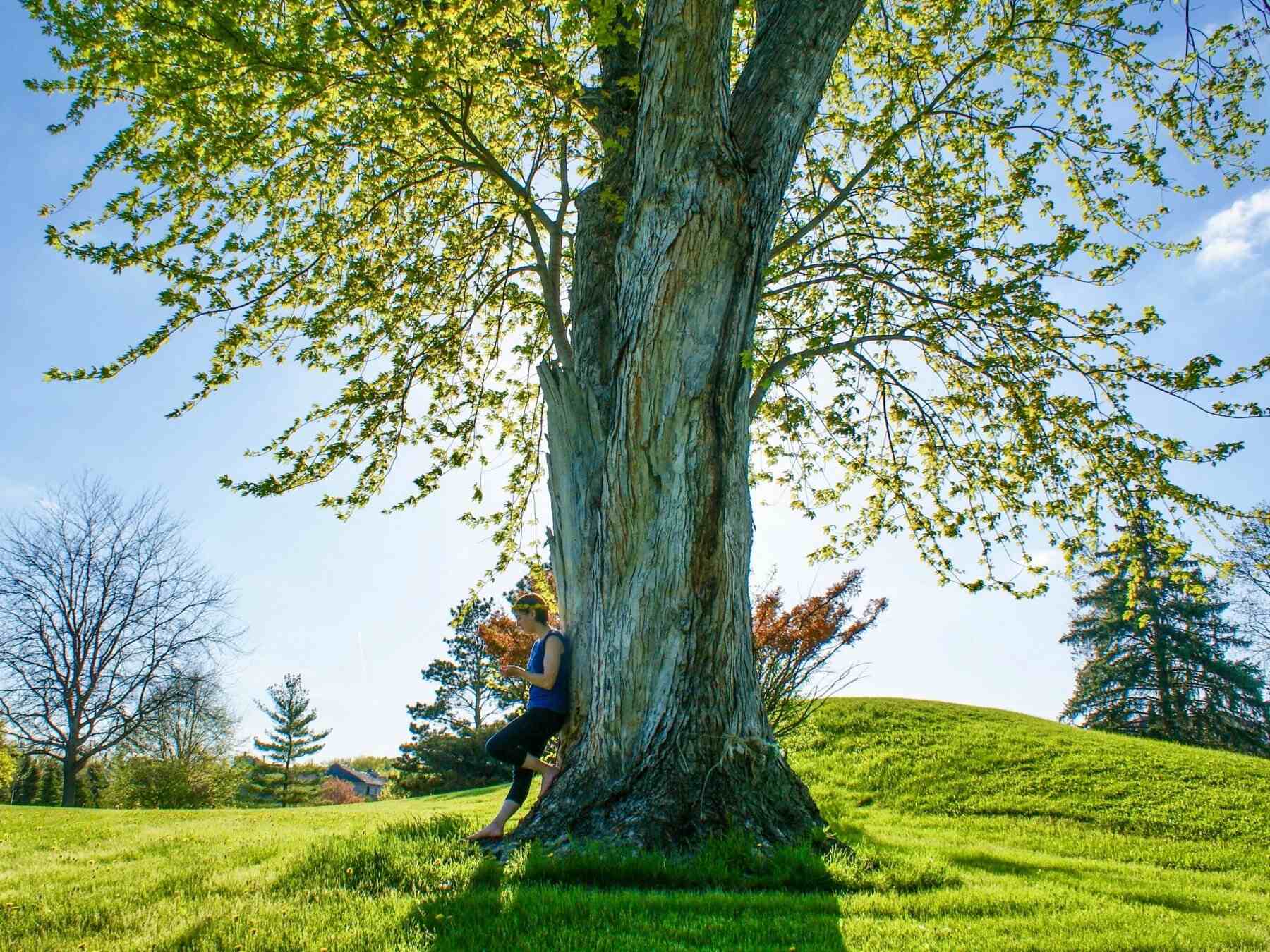
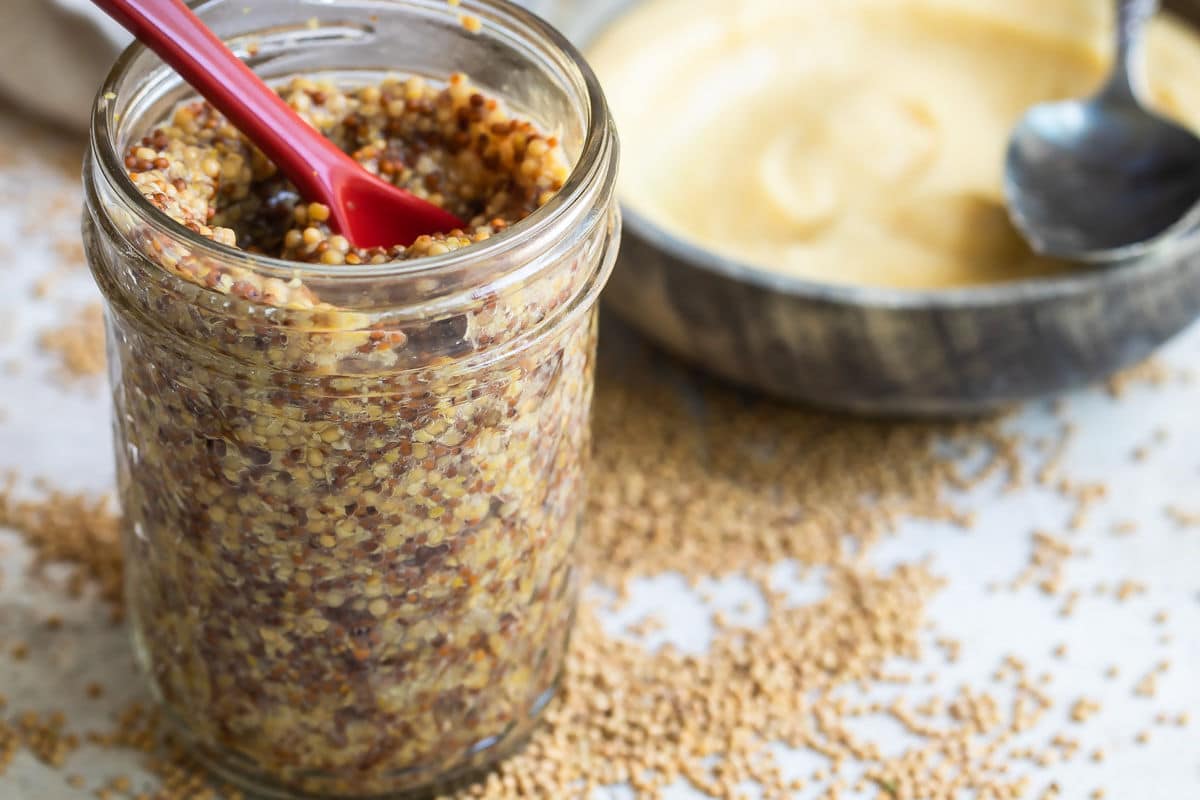
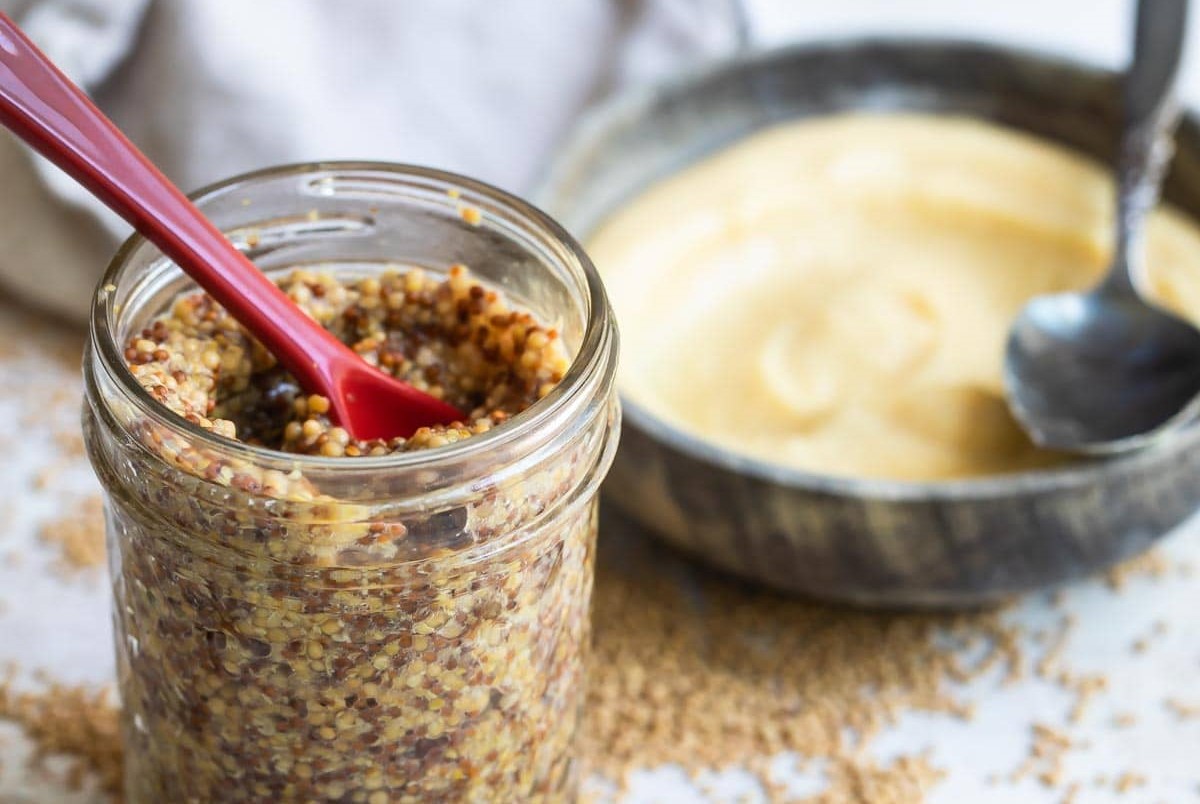
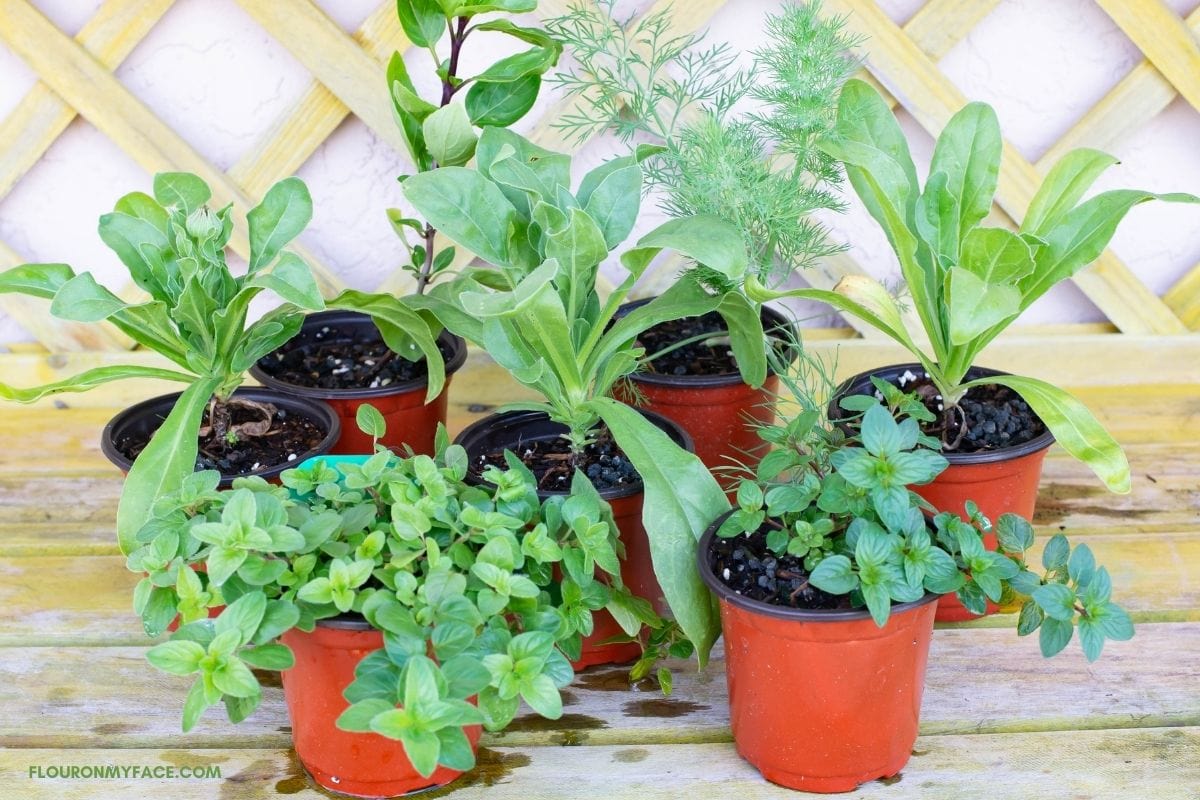
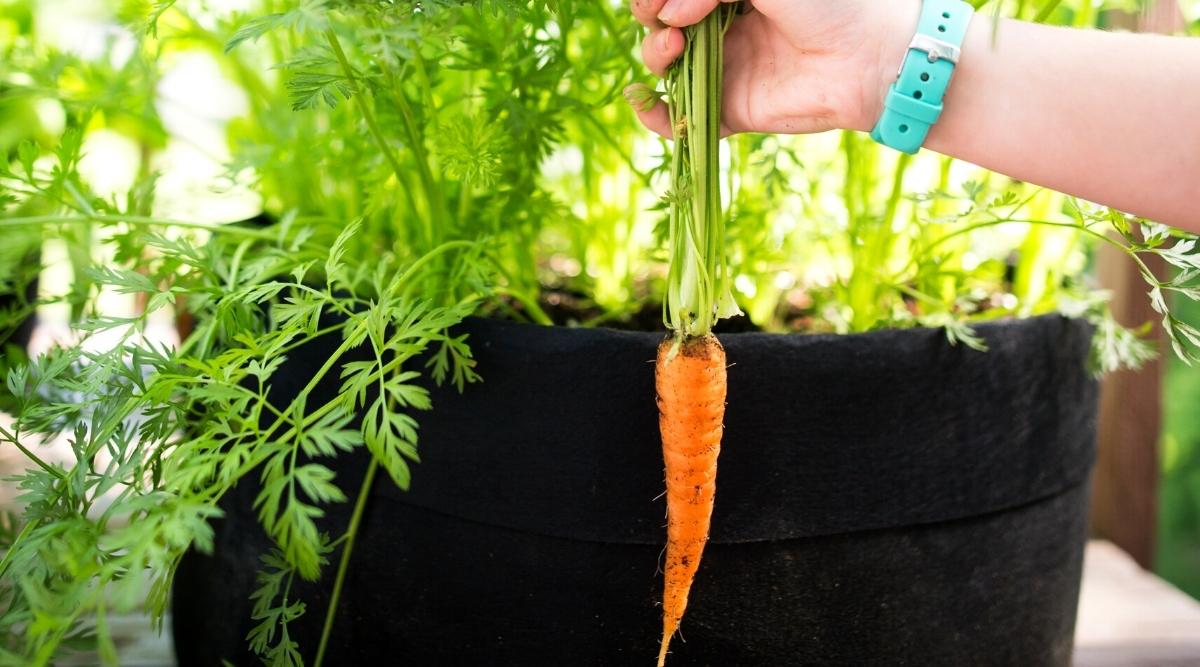
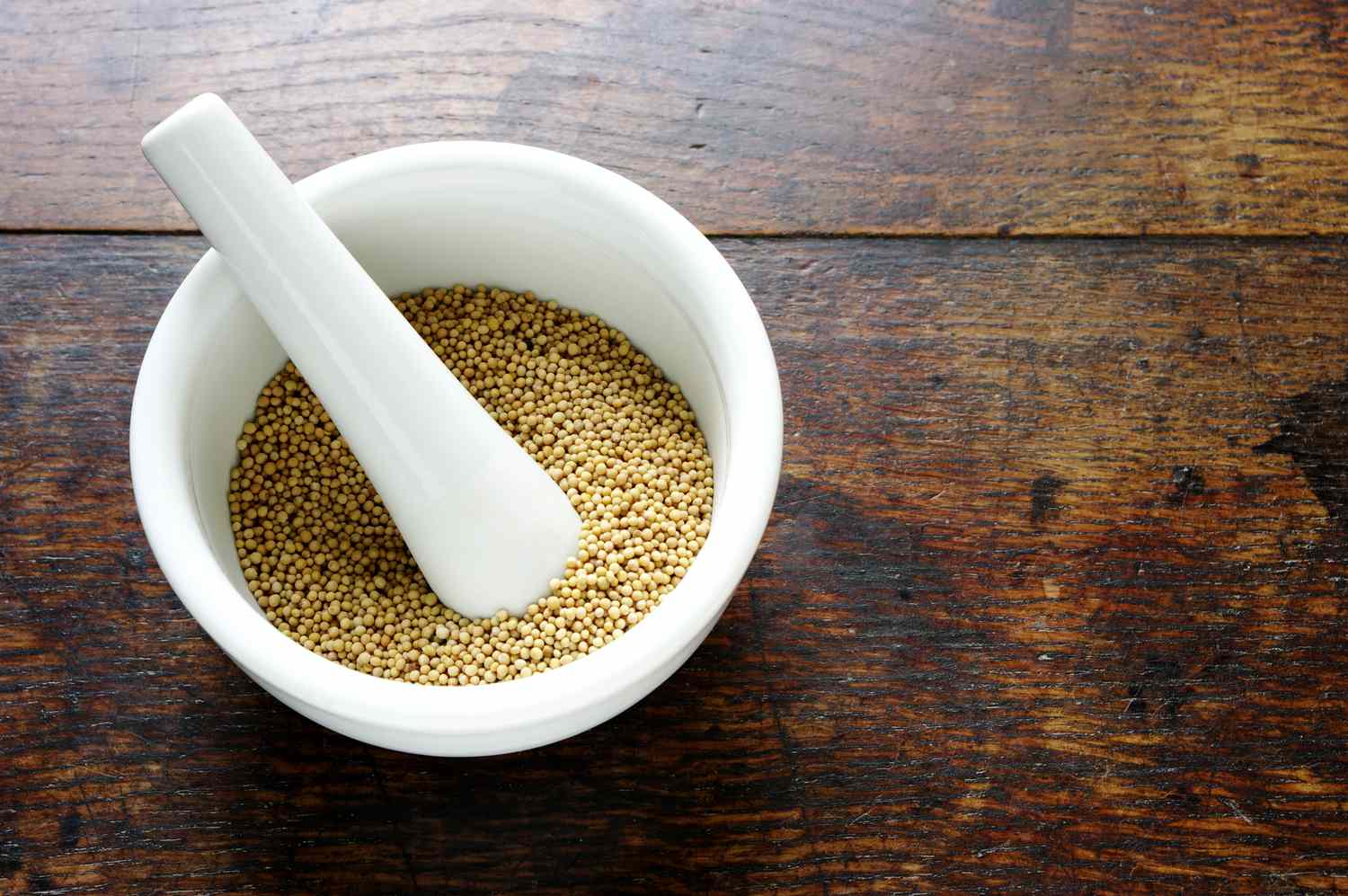
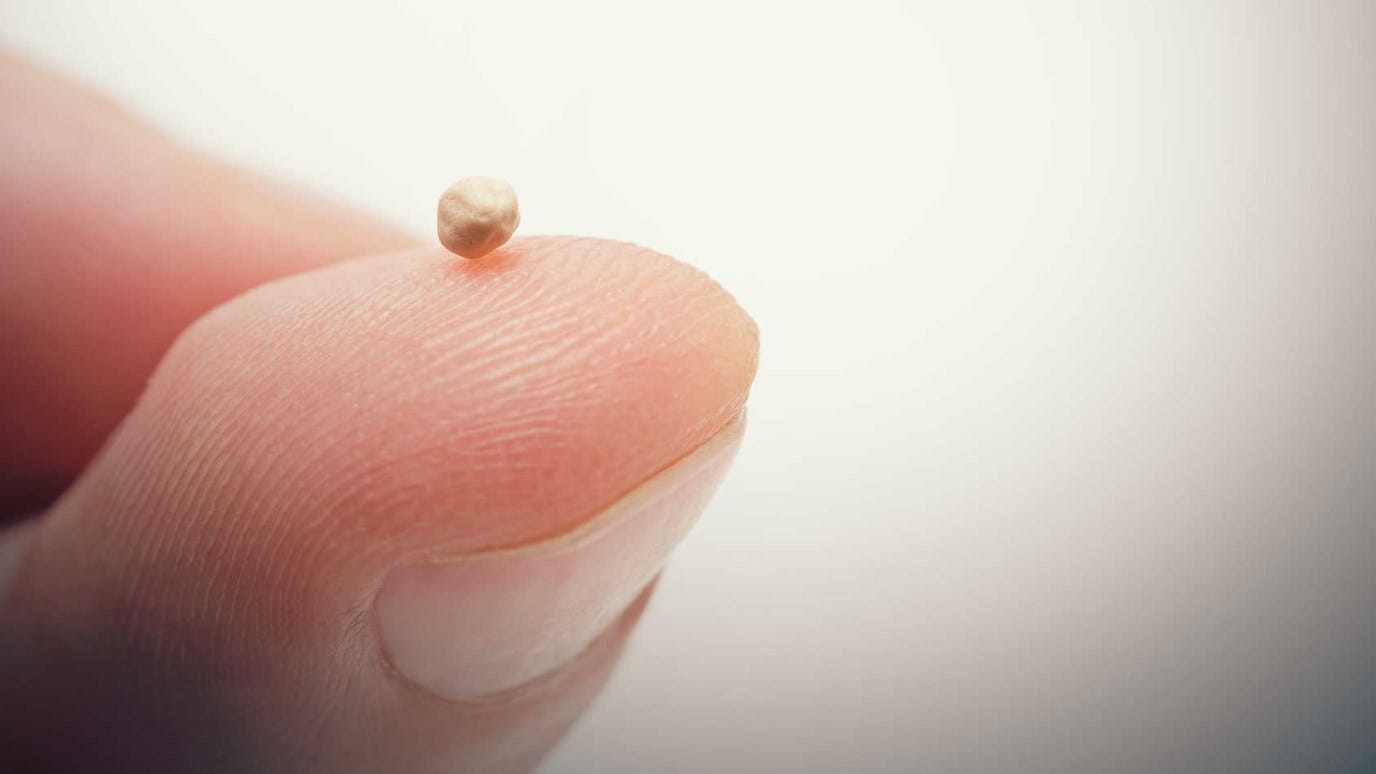
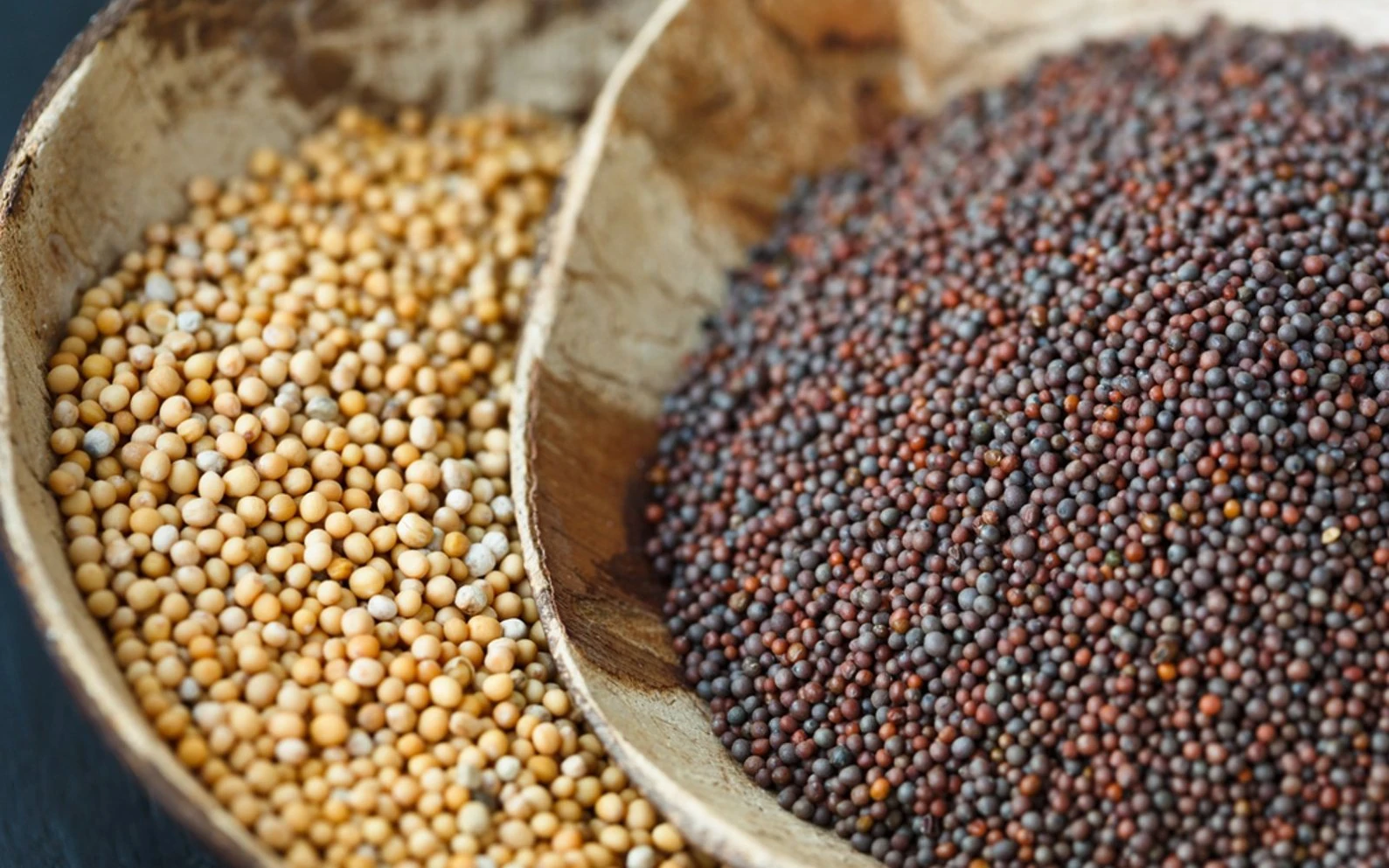
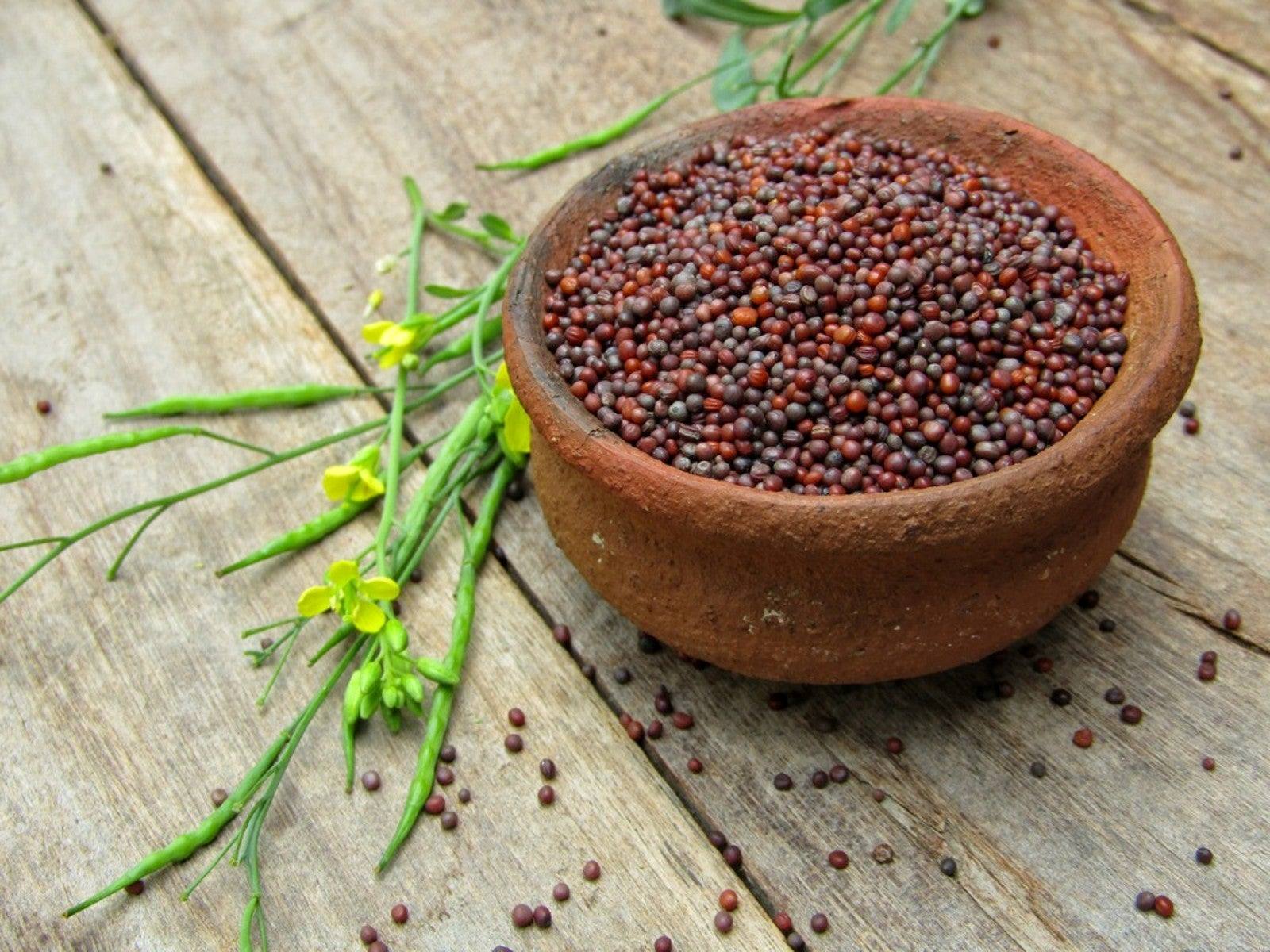
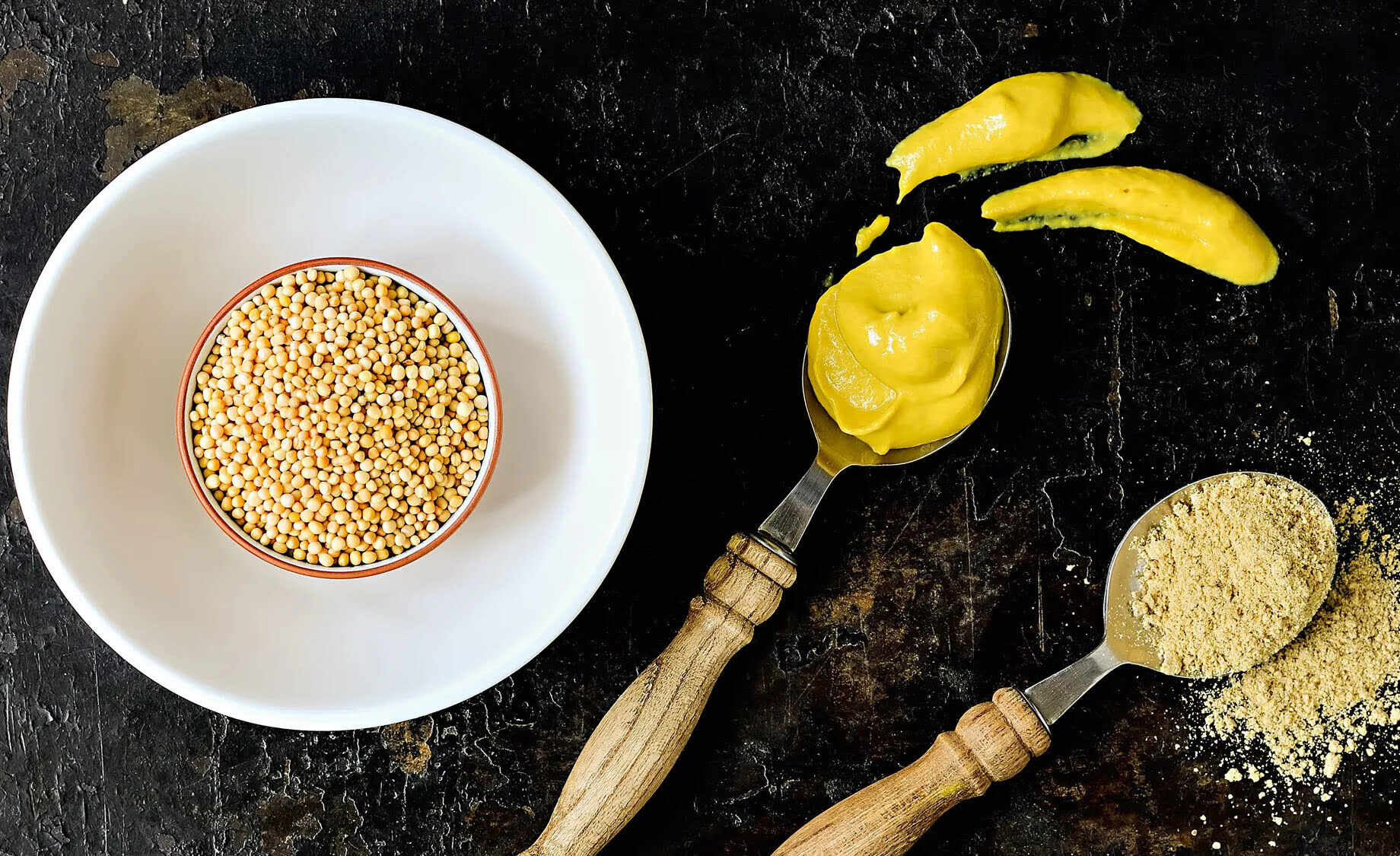
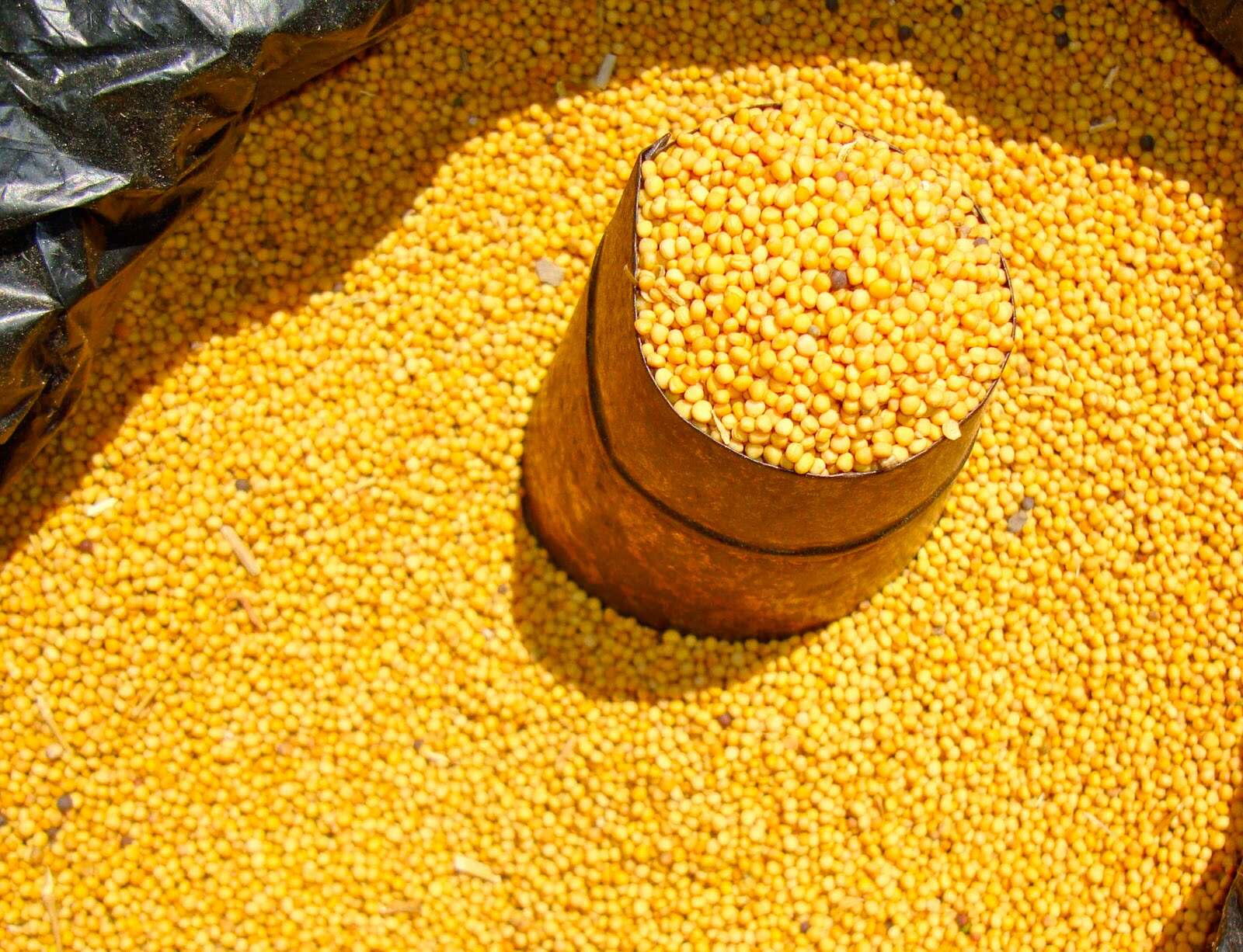
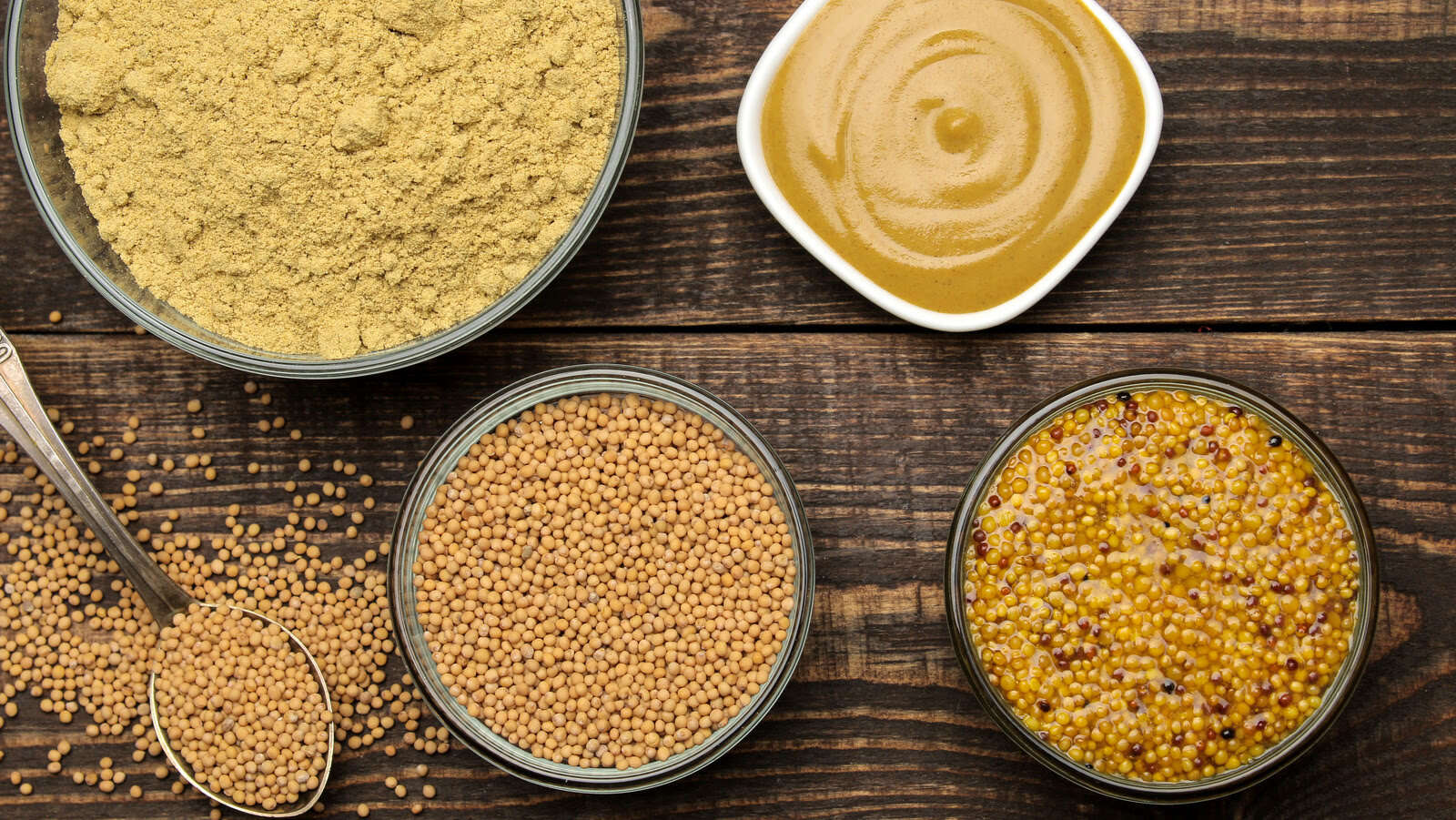
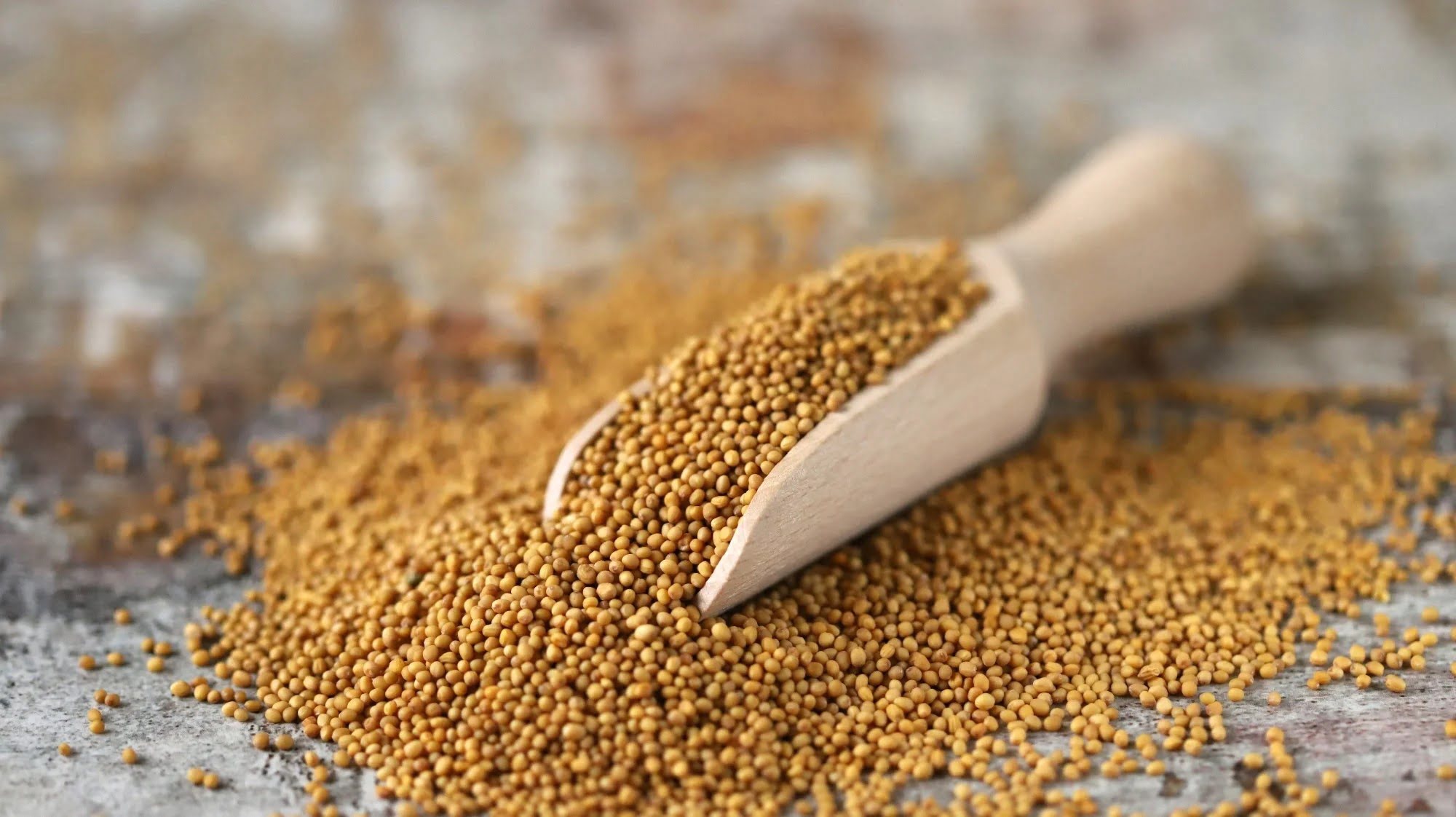

0 thoughts on “How To Grow Mustard Seeds In Pots”